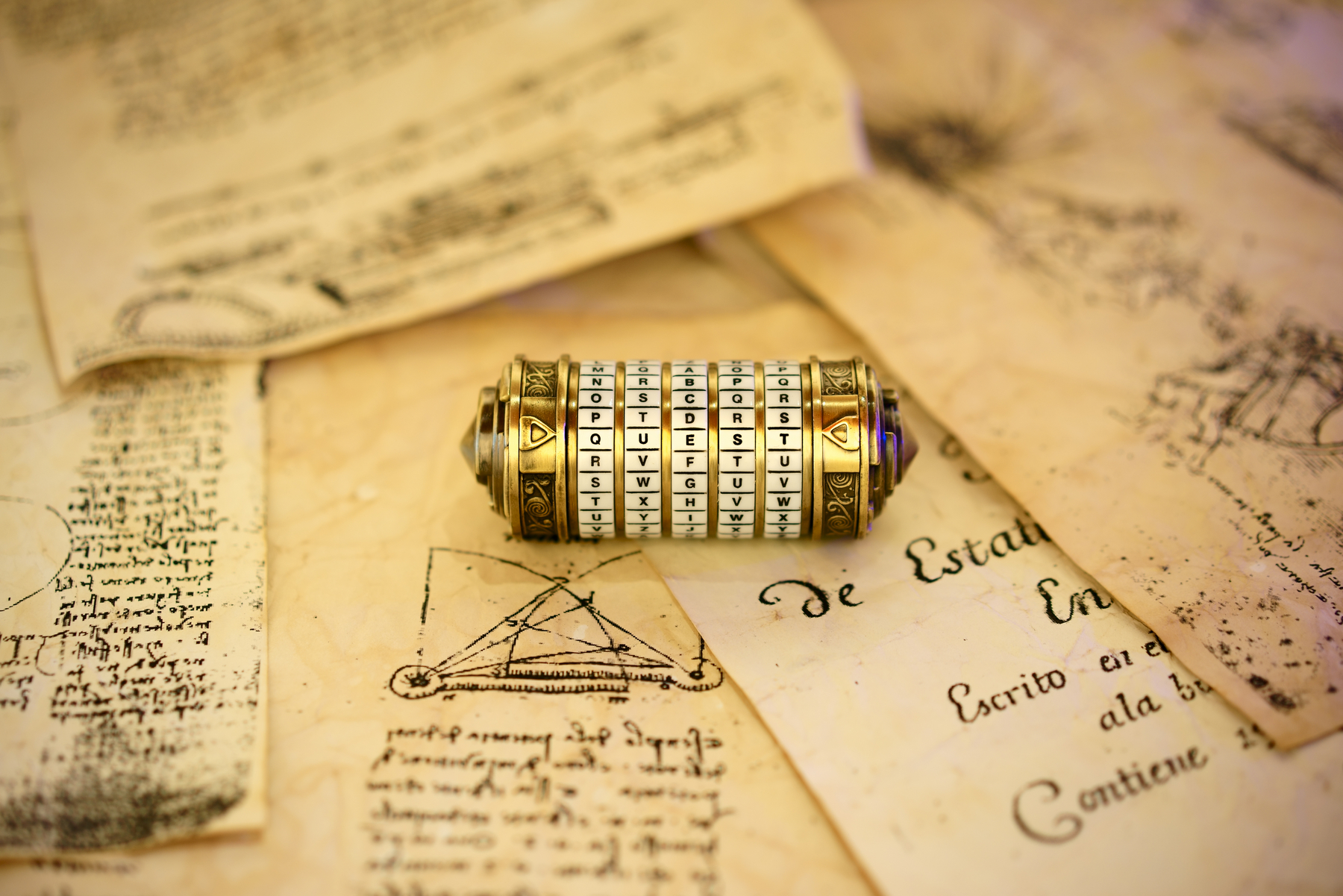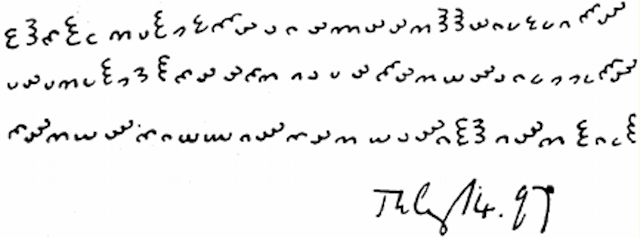Egypt city Oxyrhynchus it doesn’t quite shine on the map of Egypt today. It is just an inhabited point on the left bank of the Bahr Yussef Canal, the link between the Nile and the Fayyum Oasis. But if you’re interested in archeology, the meaning changes dramatically. In the 4th century BC, it was the second most populous settlement in all of Egypt – the famous granary from which grain was exported throughout the known world. Regular double harvests attract wealthy buyers from abroad, who set up trading branches here to secure pre-emption rights. That’s why a strong Greek community has operated here, 160 kilometers from Cairo, for centuries.
It is this particular archaeological paradox that we learn the most about the ancient Greek civilization precisely at this location of Egypt. The dry desert air keeps the papyrus leaves in good condition. So, from the artifacts found during excavations at Oxyrhynchus, we can read about the written plays Euripidesabout the work of the poet Broom or the lost books of Roman historians Livia. And only thanks to the fact that ex-dogs mention them in their docs.
The fragments found also tell us the background of the previous daily life of the world grain exchange. Shopping lists, receipts, bonds, insurance policies, personal sheets and papers have been saved. AND in this list of rather long period documentation, a “ticket” with dimensions of 103 × 80 mm, named Papyrus Oxyrhynchus 90. Even this piece of papyrus is a kind of receipt, evidence of grain storage in a local granary, written in Greek. What’s the catch?
A mysterious group of characters from parchment number 90. The two-line message remains a mystery. (photo: Wikipedia, CC0)
The five-line message about the fact that you’re the kind of person doesn’t create a papyrus mystery “Clarus, a former official, deposited a sum of money, 8 artabae and 4 choenices in the public treasury at 179”. Below this text there is also a two-line note in the form of some sort of character set. Even though it was written in the letters of the Greek alphabet, it made no sense in Greek. It makes no sense even if you translate it “phonetically” into another language. And the character sequences don’t even come close to the Egyptian dialect. This is not a digital form of the Demotic script. This is a password. And it turned out pretty good. Its two-line message remains a mystery and leaves room for speculation. Was the grain supposed to be lost, poisoned, was it poisoned? What awaits the one who comes to pick it up from the barn? We don’t know. Papyrus Oxyrhynchus 90which is currently housed in London’s Natural History Museum, is still awaiting decomposition.
Fun word game?
The cipher also offers various speculations and a lot of reflection from the parser which has so far been unsuccessful Dorabella. It is often nicknamed “cute” because it is graphically expressed by its curls, half-curves, and wavy lines. Written since July 14, 1897, recorded in three lines with a length of 87 characters. To be precise, it consisted of twenty-four different symbols that were rotated in eight different directions. Which gives pretty good shots for all kinds of combinations. Moreover, it can be assumed that the three lines of text are not written in one language, but in several languages. Maybe English, French or Greek. And, purely theoretically, some native Melanesian dialects. But before you sit down with a pencil, paper and dictionary to work it out, it’s better to take a moment to look at the history of the authors and recipients.
Code named Dorabella (photo: Wikimedia Commons, CC0)
He is the author of that mysterious note Edward Elgara music composer whose star was on the rise around 1897. After years of not-so-successful productions, his efforts finally paid off and the company considered him a promising artist. The recipient of the cipher containing the arch was Dora Penny, the honorary daughter of the Reverend Alfred Penny. How did the two of them meet each other? The 40-year-old composer spent a few days with his wife Alice at Penny’s estate in Wolverhampton. The old priest was not at home at the time, he was spreading the word of God in Melanesia. Meanwhile, Edward has found pleasure in the company of seventeen year old Dora. They make their walks enjoyable with debates about classical art and music. Maybe they went a step further.
TIP: Birth of cryptography: The first cipher was already used by Julius Caesar in his letter to Cleopatra
That is, at least until Reverend Alfred returns from his adventurous journey and the composer lifts anchor. His relatively quick departure before the arrival of the expected host, and the fact that his wife remains on the estate, provide the possibility of a somewhat scathing dimensional cipher. But the cryptogram still refuses to decipher, although crackers regularly attempt to do so. Dora Penny mentions in her memoirs that she never broke the record of the mysterious arch herself. It doesn’t have to be true. Maybe he understands the code very well, but he doesn’t care to understand or listen to it. Who knows?

“Tv nerd. Passionate food specialist. Travel practitioner. Web guru. Hardcore zombieaholic. Unapologetic music fanatic.”








